Beijing is a city of culture and history, in which numerous Taoist and Buddhist temples have been built up to spread their individual cultures and ideas. Although Beijing has been swept by lots of battles and fights and nearly every one of the temples has undergone serious or light damages, most of them have survived and are now welcoming both believers and tourists.
1. The Imperial Ancestral Temple
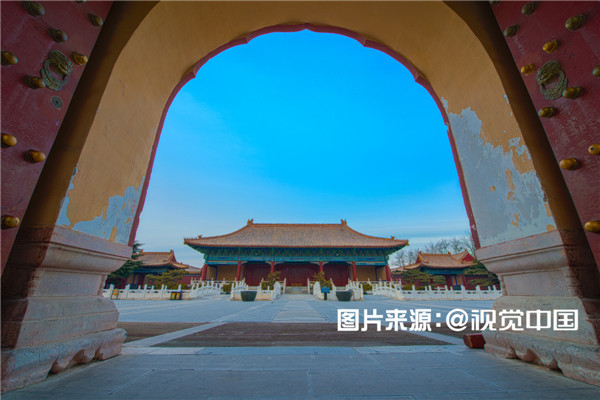
Today’s Imperial Ancestral Temple has a new name: Working People's Cultural Palace, which was used by imperial family members to offer sacrifices to their ancestors during the Ming (1368-1644) and Qing (1644-1911) dynasties.
Admission: 2 RMB
Address: East of Tiananmen Tower
Peak season: 6:00-22:00; off-peak season: 6:30-21:00
Getting there: Take Subway Line 1 and get off at Tiananmen East or West.
{C}2. {C}Confucius Temple
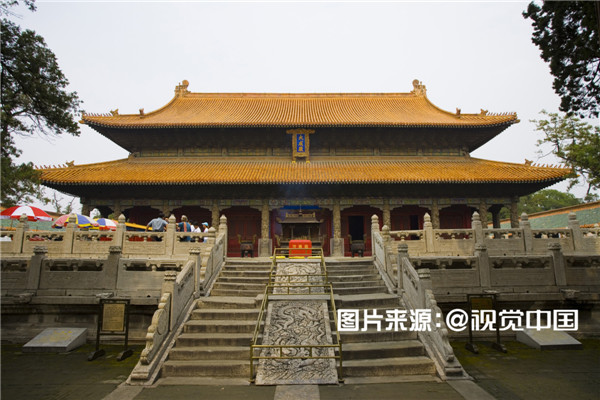
Located inside Anding Gate, Confucius Temple in Beijing is the place where people paid homage to Confucius during the Yuan, Ming and Qing dynasties. Confucius Temple was initially built in 1302 and renovated twice during the Ming and Qing dynasties. It is the second largest temple constructed for Confucius, second to the one in Qufu, Shandong province.
Ticket: 30 RMB
Address: No. 13 Guozijianbei Street, Andingmennei,Dongcheng District
Bus: Tourists can take Bus No.104 and 108 to get off at Fangjia Hutong Station; take Bus No.116, 13 and 807 and get off at Guo Zijian Station.
3. Yunju Temple
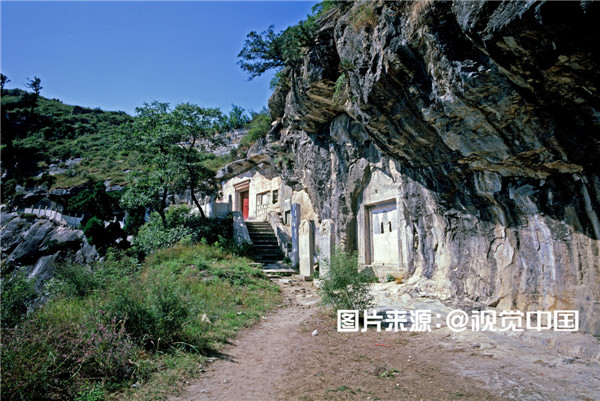
Yunju Temple was built at the end of the Sui dynasty and the beginning of the Tang dynasty, initially named “Zhi Quan Temple” and changed to “Yunju Temple” later. The total area of the temple is 0.07 square kilometers. After being repaired in the following dynasties, this temple had five yards and six halls before the New China was founded. In the 1940s, the temple was destroyed by the Japanese cannons. After the liberation of China, Yunju Temple experienced twice renovations.
Admission: 40 RMB
Opening hours: 8:30-16:30
Getting there: Take Bus No. 917 to the temple.
4. Niujie Mosque
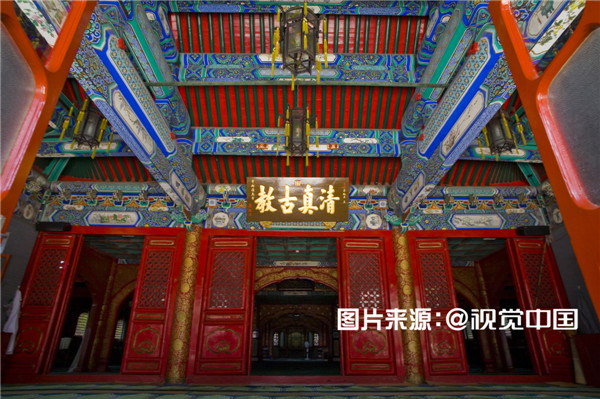
Located at No. 88 Niujie Street, Niujie Mosque is the largest and oldest mosque of Beijing. Built in the Ming dynasty( 1474 ), the mosque was named by the emperor. The main building of the mosque including Libai Hall, Xuanli Tower, Wangyue Tower, Nanbei Tablet Pavilion and the Screen Wall.
Opening hours: 7:00 - 18:00
Ticket: 10 RMB(Adult) 5 RMB (Student)
Address: No. 88, Niujie Zhonglu Road, Xicheng District
Transportation: Take Bus No. 10, 48, 88, 213 or 717 to Niujie Mosque and walk about 90 meters.
5. Tanzhe Temple
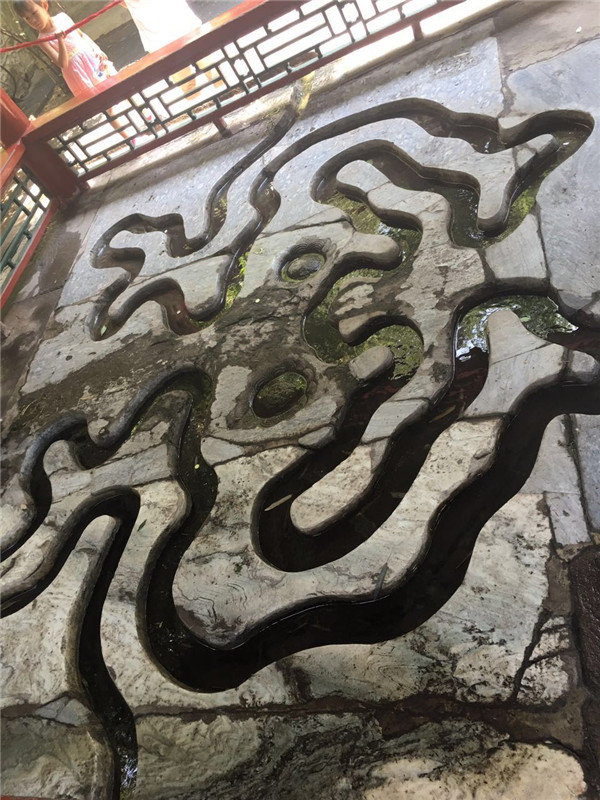
Tanzhe Temple is built on a hillside and consists of various pavilions, prayer halls, courtyards and a group of pagodas dating back to the Yuan, Ming and Qing dynasties. Tanzhe Temple is now the oldest temple found in the governing areas of Beijing and has a history of over 1,000 years, built in the Western Jin dynasty (266 A. D. - 316 A. D.).
Ticket: 55 RMB
Address: Tanzhe Temple Mentougou District
Bus Route: Take subway line 1 and get off at Pingguoyuan Station, then transfer to take bus No. 931 to get off at Tanzhe Temple
6. Biyun Temple
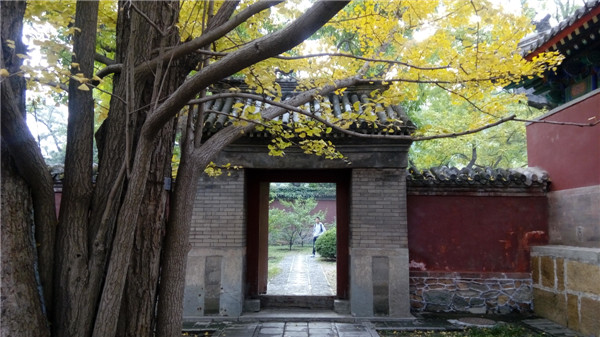
Biyun Temple is an ancient temple located inside today’s Fragrant Hills Park, constructed in 1331 during China’s Yuan Dynasty and overhauled in Emperor Qianlong’s reign during China’s Qing Dynasty. In 1925 after the collapse of the Qing Dynasty, Mr. Sun Yat-sen passed away and his body was once placed in the temple for a while.
Ticket: 10 RMB (the coupon of Fragrant Hills Park is 15 RMB)
Bus Route: Take Bus No. 318, 331, 360, 563, 714, 696, 698 to get there.
7. Hongluo Temple
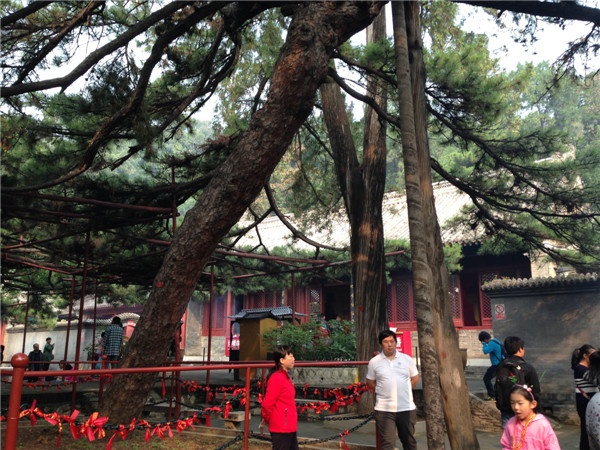
Located on the south slope of Hopngluo Mountain, Hongluo Temple has over 600 acres of red leaves trees. There are several kinds of red leaf trees that spread at an altitude of 300-400 meters high on the Hongluo Mountain. The Qingchun Route is the path that for visitors to appreciate red leaves in autumn which has red leaves on both sides.
Ticket: 54 RMB
Bus: Take Bus No. 867 to Hongluo Temple at Dongzhimen Station



